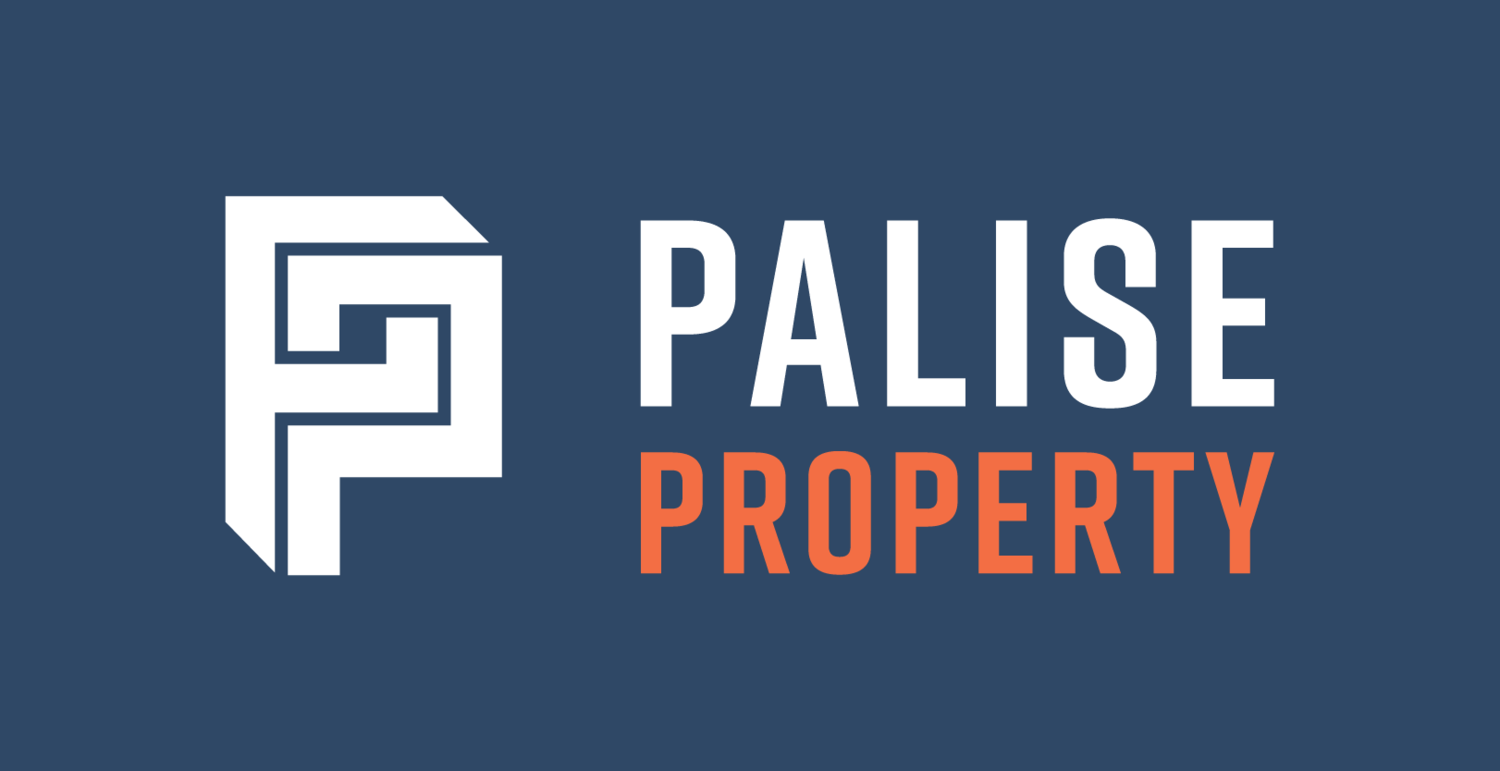Should I Invest in an Office Space?
Often, people confuse offices with retail spaces because they can indeed serve interchangeable roles. If a commercial property's interior design and finish constitute more than 75% office space, we typically consider it an office.
We categorise offices as a distinct type of commercial property because they usually necessitate only a low-cost fit-out. Also, people normally use offices as a base for work, not as places for producing and selling goods.
Lease Terms and Financial Considerations for Office Spaces
Leases for office space are usually for three to five years, with tenants paying all outgoings.
However, those in large buildings are usually leased grossly, with the landlord responsible for expenses. This depends on the location and style of the property.
Office properties may be in a single-storey suburban building or in a high-density location like a city office tower.
Note that Colliers, one of the world's largest commercial real estate companies, classifies building heights as follows: low-rise – fewer than seven storeys; mid-rise – 7 to 25 storeys; high-rise – more than 25 storeys.
Investment Opportunities in Office Spaces
Large syndicates and/or investment trusts tend to buy entire office buildings, but smaller investors can buy office suites in a building for a much more affordable price.
For example, an office space could be the operation centre for a big retailer, the premises for an accountancy or law firm, or the base for project management or a service business.
Foot and road traffic are usually less important for office properties, as the types of businesses that lease them don’t rely on foot traffic, especially if they’re established. However, being on the ground floor may be advantageous if the business is new or a franchise.
Importance of Location and Infrastructure
The geographical location of the office is critical. However, it needs to be in an area with enough workers with the expertise the business requires.
The other important aspects to consider when evaluating an office are the aesthetics of the building and the internal fit-out, wheelchair and disabled access, the quality of the materials used, the availability of parking, access to public transport and roads, and proximity to amenities.
Many large office buildings now contain a café and have restaurants and shopping nearby, which meet tenants’ requirements. The building needs to be able to meet tenants’ existing and future technology requirements as well.
The size and configuration of the floor plan are also important. Different tenants will require varying amounts of space, storage, and warehousing, with the tenants determining the amount by the type of work they will do.
A spacious office would have an average of 25 square metres per employee, including a proportion of the shared facilities, but this is sometimes reduced to 15 square metres per employee.
The Evolving Office Market
The most desirable tenants for offices are those with a good record in business or in a type of business with the potential for growth – preferably in an industry that will be around for the long term.
For numerous industries, floor space is becoming less crucial, and the consideration of business type has never been so important.
The job sector has the most significant influence on demand for office space, which affects rental rate growth and the construction sector.
Offices usually thrive when the economy is growing and companies are expanding. New industries can also increase demand and, therefore, growth. On the other hand, the office market struggles with flat and declining job growth.
Technology is playing a huge role in changes to offices.
Recent times have made it clear that the importance of physical space is diminishing as there's a shift towards more flexible working arrangements and locations, a trend that the COVID-19 pandemic has accelerated. This change will manifest in specific buildings and in the design and mix of uses for larger-scale precincts.
We are seeing a growing demand for flexible workspaces and a shift towards higher-density workplaces to make property assets more efficient.
Overall, there’s a shift from the more traditional use of office space to more creative uses that allow for socialising and in-person idea exploration. This affects the fit-out and layout required for co-working and open-plan designs.
Impact of Remote Work and Future Trends
With more employees working from home, some office areas are declining.
Residential real estate close to the CBD is so expensive that workers are moving further out, enabling businesses to move to cheaper, smaller office locations.
Now that working from home becoming more accepted, it’s likely that in the coming years, there’ll be an increased focus on mental well-being and on integrating educational facilities within office environments to enrich the occupier experience.
Office facilities will need to offer an enjoyable experience to get employees to attend.
If you want to know more about commercial property investing, check out our best-selling commercial property investing book or get in touch with our team for advice tailored to your individual needs.
